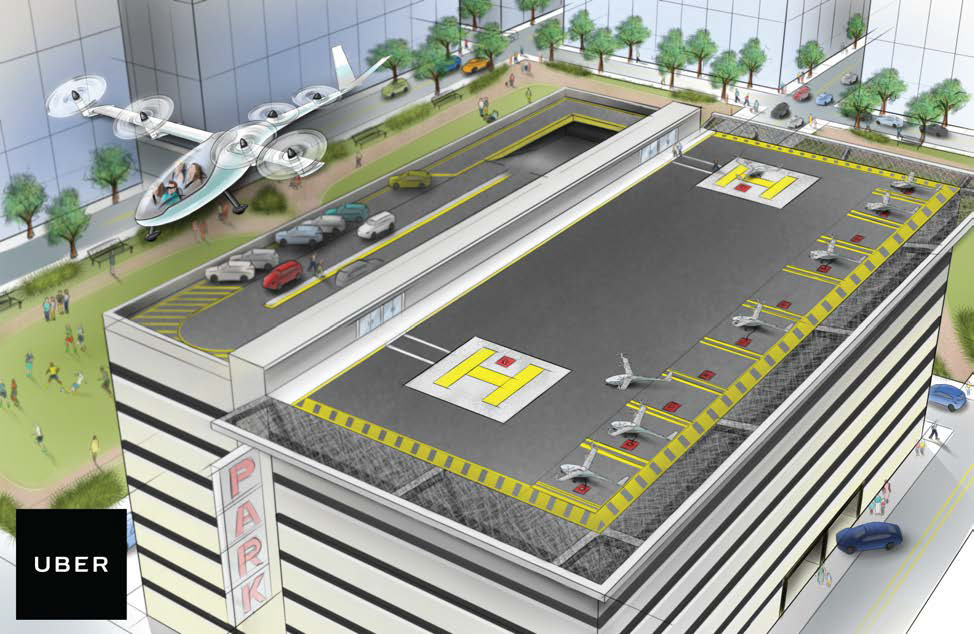Uber's self-driving vehicle initiative is well under way but its long-term plan isn't limited to traversing traditional highways and byways as its most recent hire highlights.
The transportation company recently hired Mark Moore, a 30-year NASA veteran, as its director of engineering for aviation where he will work on its flying car initiative, Uber Elevate. It's a risky move for the lauded engineer, Bloomberg writes, as he is leaving NASA just one year before he is eligible for retirement and free healthcare for life. Then again, Uber probably made the move worthwhile but I digress.

Nevertheless, Moore is fully aware of the obstacles that stand in the way of making Uber's vision of flying cars a reality. In addition to technical hurdles like noise pollution, vehicle efficiency and battery life, Moore tells the publication that flying car companies will need to negotiate with suppliers in able to get prices down. Furthermore, they'll have to get on the good side of regulators with regard to relaxing existing air-traffic restrictions.
Uber's vision for flying cars involves transporting people from their homes to nearby "veriports" using traditional vehicles. They'll then hop aboard a flying vessel which will whisk passengers to the veriport nearest to their destination.

The flying vehicles won't need a range of more than 100 miles or so and can likely be at least partially recharged at veriports when loading and unloading passengers, Moore thinks.
In an e-mailed statement to Bloomberg, Nikhil Goel, Uber's head of product for advanced programs, said Uber continues to see its role as an accelerant-catalyst to the entire flying car ecosystem, adding that they are excited to have Moore join them as they continue to explore potential use cases like those outlined in a recent Uber whitepaper.
Said whitepaper, titled, Fast-Forwarding to a Future of On-Demand Urban Air Transportation, was published in October and is available online for anyone that wants to check it out.
